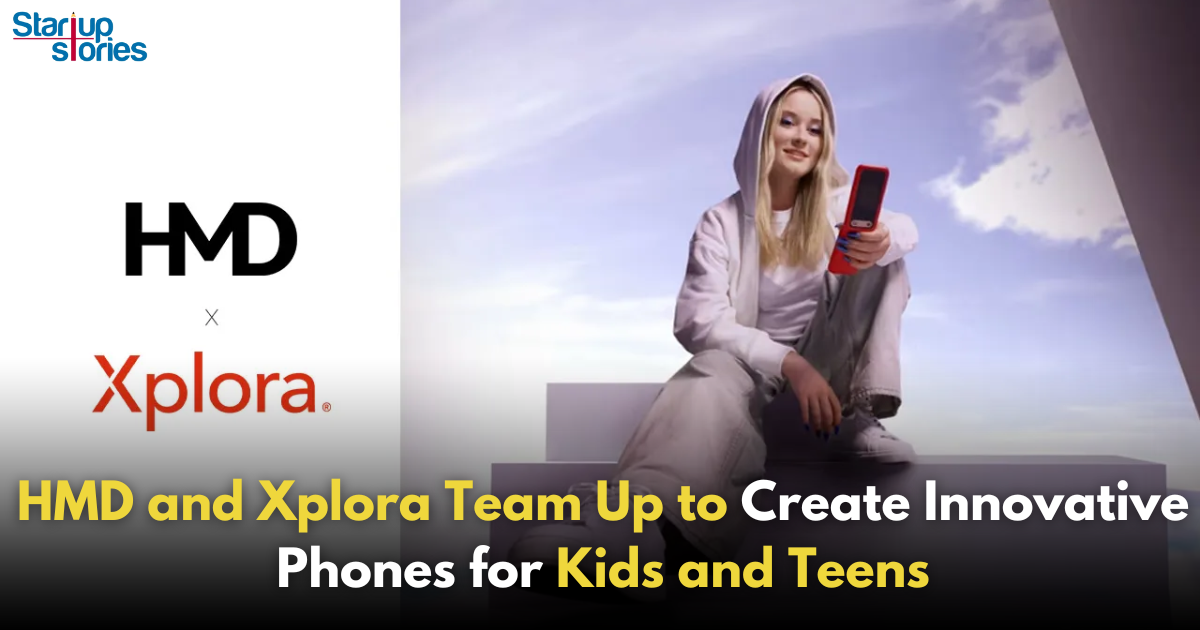HMD Global has announced a strategic partnership with Norway-based Xplora, known for its smartwatches designed for children. This collaboration aims to create a new type of phone that serves as an alternative to traditional smartphones, specifically targeting children and teenagers. The initiative stems from a global survey conducted by HMD earlier this year, revealing a parental demand for addiction-free devices that enhance productivity among youth. While details regarding the phone’s name, features, or launch timeline have yet to be disclosed, the project is generating considerable interest.
Background and Motivation
In a press release dated October 29, HMD emphasized its commitment to developing “responsible and mindful devices” for young users through this partnership. The collaboration follows the launch of HMD’s Better Phone Project, which included a survey of 10,000 parents. The findings indicated that over half of the respondents regretted providing their children with smartphones at an early age, citing negative impacts on family time, sleep, physical activity, and social interactions.
Key Findings from the Survey
- Over 50% of parents regretted giving their children smartphones early.
- 75% of parents expressed concerns about smartphones exposing their children to internet dangers.
- Nearly 50% of parents noted that mobile phone use has changed their child’s personality.
Development Focus
HMD is working on a range of new solutions that present viable alternatives to smartphones, starting with a phone designed specifically for kids and teenagers. The company has previously introduced features like Detox Mode in its HMD Skyline and HMD Fusion devices, aimed at helping users manage screen time effectively.
Features Under Consideration
While specifics about the upcoming device remain under wraps, there is speculation that the first unit from the HMD and Xplora collaboration may be unveiled at the 2025 Mobile World Congress, scheduled for March next year. This event could serve as a significant platform for showcasing innovations aimed at improving digital well-being among young users.
Current Developments: HMD Sage Smartphone
In the meantime, reports indicate that HMD is preparing to launch the HMD Sage smartphone, which has been spotted online featuring a design reminiscent of the HMD Skyline and HMD Crest models. This device is expected to be powered by the Unisoc T760 5G chipset, equipped with 50-megapixel cameras on both the rear and front, and capable of 33W wired fast charging.
Anticipated Specifications
- Chipset: Unisoc T760 5G
- Camera: 50-megapixel on both rear and front
- Charging: 33W wired fast charging
Conclusion
HMD Global’s partnership with Xplora marks an important step towards addressing parental concerns regarding smartphone usage among children and teenagers. By focusing on creating devices that promote healthy usage patterns while enhancing productivity, HMD aims to fill a significant gap in the market.
As this initiative unfolds, it will be critical for HMD to maintain open communication with parents and stakeholders to ensure that the final product meets the needs of both users and their families. With ongoing developments in this space, consumers can look forward to innovative solutions designed specifically for younger audiences in an increasingly digital world.


Код binance
September 9, 2025 at 2:55 am
I don’t think the title of your article matches the content lol. Just kidding, mainly because I had some doubts after reading the article. binance開戶
MM88
November 7, 2025 at 11:39 am
Khám phá thế giới giải trí trực tuyến đỉnh cao tại MM88, nơi mang đến những trải nghiệm cá cược thể thao và casino sống động.
Kuwin
November 9, 2025 at 12:28 am
kuwin sở hữu kho game đa dạng từ slot đến trò chơi bài đổi thưởng, mang đến cho bạn những giây phút giải trí tuyệt vời.
站群程序
November 9, 2025 at 4:04 pm
采用高效谷歌站群策略,快速提升网站在搜索引擎中的可见性与权重。谷歌站群
站群程序
November 13, 2025 at 4:35 am
搭载智能站群程序,自动化搭建与管理,为SEO项目提供核心驱动力。站群程序
MM88
November 16, 2025 at 3:00 am
Với giao diện mượt mà và ưu đãi hấp dẫn, MM88 là lựa chọn lý tưởng cho các tín đồ giải trí trực tuyến.
J88
November 18, 2025 at 2:45 am
Đến với J88, bạn sẽ được trải nghiệm dịch vụ cá cược chuyên nghiệp cùng hàng ngàn sự kiện khuyến mãi độc quyền.